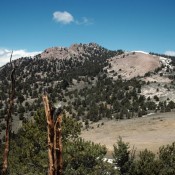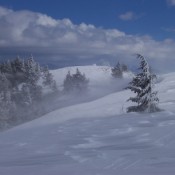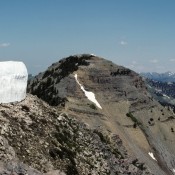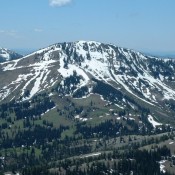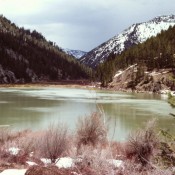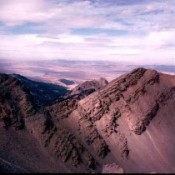
The Centennial Mountains are discussed on Pages 331-335 of the book. The range forms both the Continental Divide and the Idaho/Montana border for 62 miles, from Monida Pass at I-15 to Red Rock Pass east of Yellowstone National Park. The range is 12 miles wide in places. In the west, the range begins as series of high rolling ridges that … Continue reading
